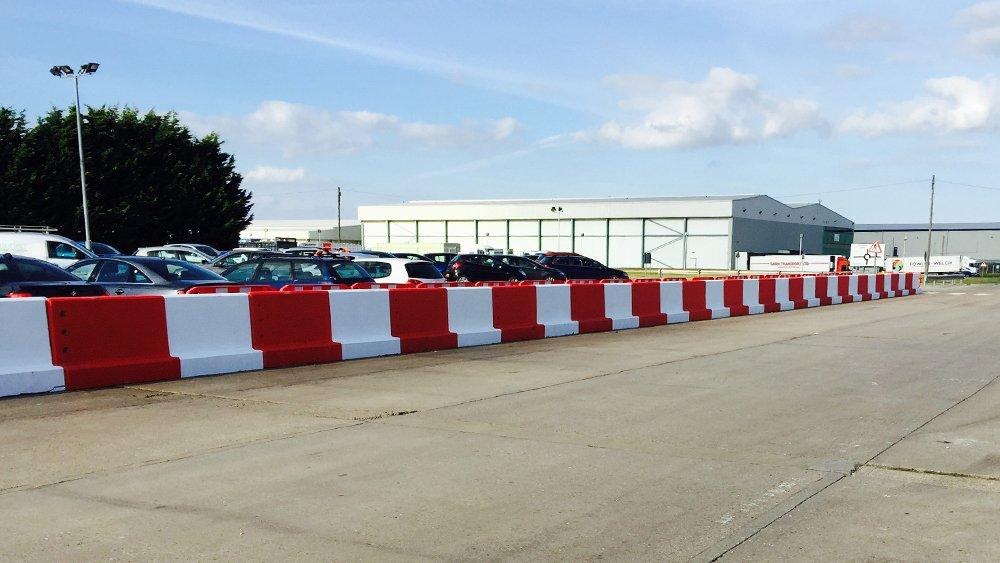
Concrete squares and barriers have long been used to provide an impermanent or durable bar or boundary under an assortment of conditions. To hire concrete barriers implies that the service can be offered on a brief premise and that the customer is not left with the limit once it is not at this required stage. A few organizations offer this service to nearby committees, organizations, and individuals. These temporary concrete barriers can be used in various circumstances, including; reorientation and appeasement of traffic, land insurance, and security of opportunities.
One of the most well-known applications relates to barriers in the streets, or in the center of the street to partition the reversed paths of the walks. On the other hand, it is used for traffic and diversion during road works in the streets.
Foam sheet protection is frequently recommended and has been in use for a long time, but there are issues with this type of protection, the main one being that it is susceptible to breaking under stress, which could cause enormous damage. Also, the protection against foam requires the use of an additional smoke barrier; the foam itself does not provide adequate protection against fumes or radon and does not satisfactorily interfere with the movement of heat.
If moss is not the best concrete border, what is it? The glossy foil, which includes a solitary or double layer of polyethylene bubbles and, in any case, a smart foil layer, is the ideal answer for a concrete obstacle, whether you are pouring concrete for a basement, a carport, or some other reason.
Depending on the application, barriers may be necessary to comply with the plan’s explicit ground rules. This will be particularly important if the concrete barriers are intended for use where they may affect a vehicle on public roads. In this situation, the barriers used should be of the through type, for example, a TVCB (Temporary Vehicle Crash Barrier) or a delta alliance. For a more durable layout, focal road barriers can be projected near or “in situ,” or they can be prefabricated by a precast concrete master at a processing plant and transported to the site.
Prefabricated barriers are typically made using a high concrete rating, usually with a grade somewhere in the range of C50 and C60, which would mostly be accomplished after 28 days of concrete restoration. When prefabricated barriers are needed to withstand the impact of vehicles, at this point, a base architect would take a look at the barriers and plan them using steel bars and work to add solidarity with the structure. These would then generally undergo an extensive testing methodology before being allowed onto the crossing lanes.
If precast concrete barriers need to get in the way of a piece of land or a vehicle leaves the opening and prevents unwanted guests from leaving, at this point, a simple piece of precast concrete would do the job and do the job. It’s not the case. It is likely to require exceptional support. This type of precast concrete boundary would undoubtedly be much less expensive to manufacture, and therefore, they usually are cheaper to buy or rent.